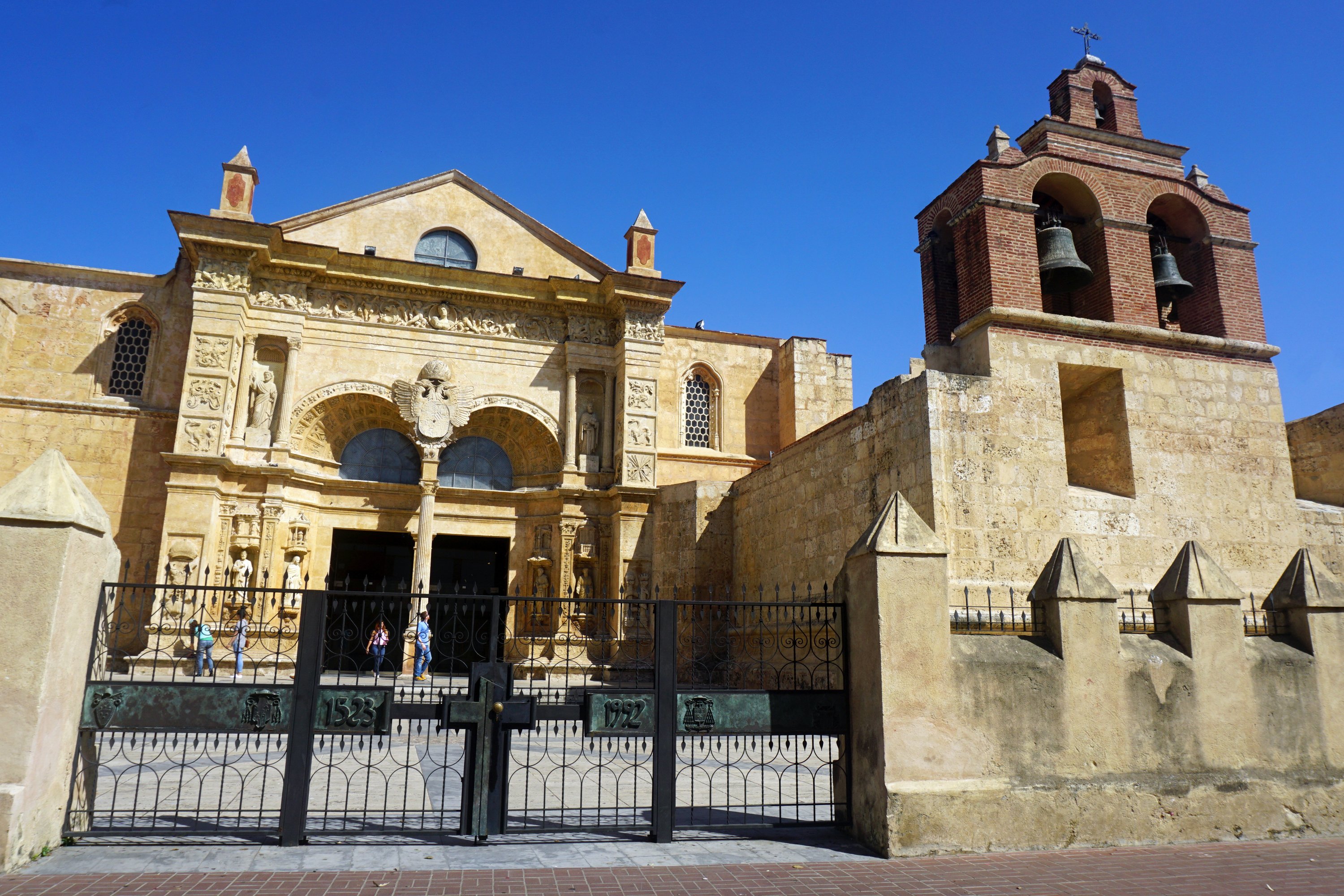🇩🇴map Dominican Republic [Culture]

Historical Context
The Dominican Republic’s story begins with the Taíno people, who had organized villages and cultivated permanent fields long before Europeans arrived. Columbus landed on Hispaniola in 1492 and Spain quickly built Santo Domingo, the first Spanish capital in the Americas, whose Colonial Zone still anchors national memory. Power shifted over the centuries—France briefly controlled the island, and Haiti ruled it until a group called La Trinitaria led the 1844 independence movement. Names like Juan Pablo Duarte and Pedro Santana loom large because they helped shape the modern republic. Authoritarian rule and corruption have also left their mark, but a growing network of civic groups and independent institutions reflects a society invested in accountability and democratic participation.
People and Demographics
Dominican society is diverse, with most people of mixed African and European ancestry and a long history of migration from countryside to city. Today, about 60 percent of the population is urban, and Santo Domingo—especially its plazas and the Zona Colonial—still functions as the social heart of the country. Social class is closely intertwined with skin tone, and everyday language reflects these nuances, with terms like indio claro and indio oscuro used to describe shades of identity. Extended families remain central, and even as middle-class life expands—homeownership, cars, and education—there’s still a stark contrast with poorer urban neighborhoods and rural communities that lack services like electricity and running water.
Language and Communication
Spanish is the language of daily life and public affairs, and you’ll hear it in lively, fast-paced conversation on the street and in the markets. People take pride in how they present themselves, and that includes how they speak—friendly greetings, polite titles, and warm small talk go a long way. Public spaces like plazas encourage conversation, and it’s common to linger and chat rather than rush through interactions. If you’re new, a few respectful phrases and a patient, courteous tone will open many doors.
Social Values and Norms
Family sits at the center of social life, and mealtimes have a special place—lunch can stretch for up to two unrushed hours, a daily pause that blends work and home. Social standing often shows through dress and possessions, and many people enjoy keeping up with fashion and home upgrades when they can. Class and color dynamics can shape opportunities and interactions, so awareness and sensitivity are important as you build relationships. In general, people appreciate warmth, courtesy, and a personal approach over rigid schedules.
Religion and Spirituality
Faith communities are visible in everyday life, from neighborhood gatherings to public celebrations on major holidays. Religious occasions bring extended families together around shared meals and traditions, reinforcing bonds across generations. In cities and towns, you’ll find that spiritual life intersects with community life—festivities, charity work, and local rituals often overlap. Even if you’re secular, observing these rhythms will help you understand how people connect and celebrate.
Social Acceptance and Inclusion
Race and class still influence social mobility, and language around skin tone is part of the national conversation about identity. Civil society groups and independent boards have grown in visibility, pushing for cleaner government and broader inclusion. Attitudes toward newcomers are generally shaped by personal interactions—respectful behavior, effort in Spanish, and participation in neighborhood life tend to be welcomed. For anyone navigating professional spaces, understanding the legacy of hierarchy and the importance of trusted networks will help you integrate more smoothly.
Arts and Expression
Dominican life unfolds in public—plazas, parks, and the historic streets of Santo Domingo double as open-air stages where style, conversation, and creativity mix. Traditional crafts and contemporary tastes sit side by side: you’ll see pride in local handiwork alongside an appetite for modern fashion and design. Storytelling runs through family gatherings and neighborhood chats, and food itself becomes creative expression—from street vendors to restaurant tables. The result is a culture that prizes expression you can see, taste, and share in everyday spaces.
Social Life and Relationships
Expect hospitality. Friends and neighbors often gather around food—rice, beans, stewed meats, fried plantains—and holidays bring big family feasts. Meeting people can be as simple as spending time in plazas or local cafés, where conversation is easy and introductions come quickly. Politeness and appearance matter; arriving well-dressed, greeting elders first, and offering to share or bring something to a gathering are small gestures that carry weight.
Education and Intellectualism
Education is a key aspiration for the middle class—high school completion is a point of pride, and some students move on to university studies. Access, however, differs between urban and rural areas, and quality tracks with social class. Cultural institutions cluster in the larger cities, where bookshops and events are easier to find, but informal learning—community groups, NGOs, and public discussions—also play a role. Curiosity and practical knowledge are valued, especially when tied to professional advancement and family wellbeing.
Integration for Foreigners
Settling in is easier if you embrace the local rhythm: a longer midday meal, unhurried conversation, and time spent in public squares. Start with Spanish, even basic phrases, and build relationships through neighbors, sports, volunteering, or civic groups—many NGOs welcome skilled help. Be mindful of social cues around class and color, and prioritize courtesy over bluntness. Above all, show up—say hello to the same vendor, chat with the same café staff, and accept invitations. Consistency and respect are your best guides to feeling at home.
Maria
Maria is a bilingual travel writer and immigration consultant originally from Mexico City, with extensive
experience living and working across Latin America. She spent her early career as a journalist covering
cross-border migration and expatriate communities throughout Central and South America. Having personally
navigated complex visa processes in multiple countries including the United States and Spain,
Maria understands firsthand the challenges faced by Latin American professionals seeking international
opportunities.
Published: 2025-07-10